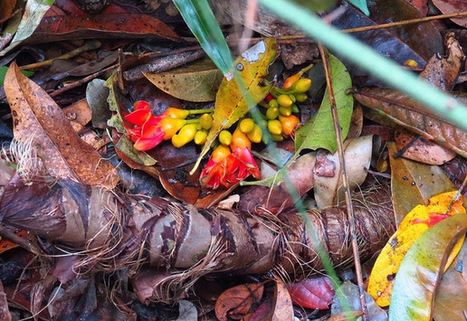"During the last century and a half, humans have created cities that ignore natural cycles such as the weather and surrounding conditions, and have developed urban areas that have little to do with life in the natural world. The control of resources and mastery of energy sources has allowed us to become carelessly independent from our natural environment—which has led to a downward unsustainable path, currently incapable of supporting the massive population growth predicted for the world’s biggest cities. [...] Nature is holding sustainable solutions to numerous city design and development problems we are currently facing—we just have to look deeper to see where the solutions are already being applied in the natural world."
Research and publish the best content.
Get Started for FREE
Sign up with Facebook Sign up with X
I don't have a Facebook or a X account
Already have an account: Login
 Your new post is loading... Your new post is loading...
 Your new post is loading... Your new post is loading...
|
|



















